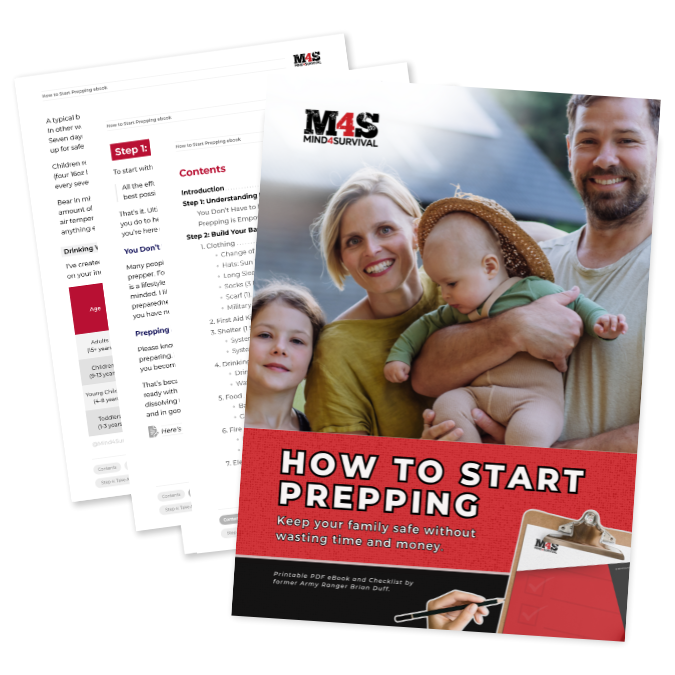How to Grow Food in Small Spaces
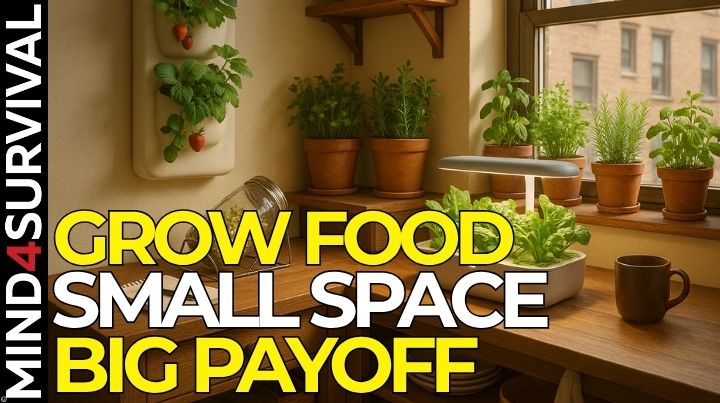
One of the biggest barriers that is cited by urban dwellers about growing food is not having enough space. As someone who has lived in the city all my life, I’m here to tell you it is possible to grow some food while living in an apartment, condo, or small house. Let’s look at a few ways you can grow food in small spaces.
TL;DR: Learn how to grow food in small spaces using hydroponics, sprouting, vertical gardens, and edible cacti—perfect for apartments and small homes.
1. Hydroponics: Soil-Free Growing Indoors
Hydroponics is a clean, efficient method of growing plants in water instead of soil. Nutrients are added directly to the water, and with a little help from LED grow lights, you can grow food indoors year-round. I really enjoy growing several types of plants in a hydroponic system, so much so that I purchased another one after trying one out. There is a small upfront cost to buy the unit, but it’s very satisfying to see results.
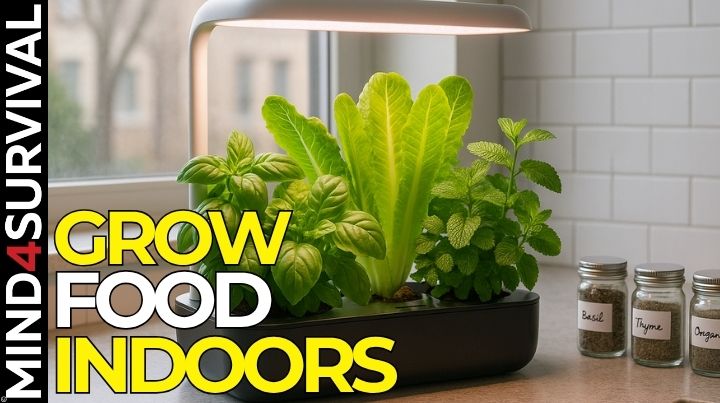
Why It Works in Small Spaces
No soil = no mess
Vertical or countertop setups fit tight areas
Great for kitchens, shelves, or closets with lights
What You Can Grow
I’ve had good results growing romaine lettuce, cherry tomatoes, jalapeno peppers, and herbs such as basil, mint, oregano, dill, and thyme using a hydroponic kit such as the Aerogarden or something similar.
Starter tip: Try a countertop hydroponic kit. Most come with built-in lights and timers, so you just plant and plug it in.
2. The Kratky Method: Passive Hydroponics, Zero Fuss
The Kratky method is the easiest form of hydroponics. No pumps, no electricity, no moving parts-just a container of water, nutrients, and a plant suspended above.

As the plant drinks the water, the liquid level drops, creating an air gap that delivers oxygen to the roots. It’s simple, low-maintenance, and perfect for beginners.
Why It Works in Small Spaces
No electricity or equipment needed
Low profile: great for countertops or windows
Ideal for leafy greens and herbs
The best plants for the Kratky method are romaine lettuce, kale, basil, and bok choy.
Starter tip: Use mason jars or opaque storage bins to block light and prevent algae.
3. Sprouting: Fresh Greens in 5 Days, No Light Required
Want the fastest way to grow food? Try sprouting. No soil, no lights, no stress. Just a jar, some water, and seeds.
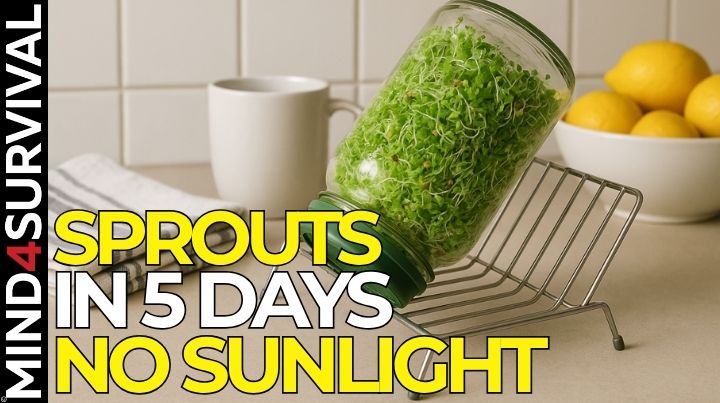
Sprouts are nutrient-dense baby plants that you can grow on your kitchen counter in less than a week. Perfect for sandwiches, salads, and smoothies. Many grocery stores no longer sell sprouts, due to fears of sprout contamination that occurred a few years ago. But if you grow them yourself, you can control the cleanliness of the equipment and the choice of sprouting seeds. Just make sure you start with clean jars and healthy seeds. Use the sprouts as soon as they are ready – don’t wait too long, as they wilt after a couple of days.
Why It Works in Small Spaces
Takes up the size of a coffee mug
No sunlight needed
Grows in 3–5 days
What to Sprout: It was very easy to sprout mung beans, alfalfa, broccoli, radish, and lentils. They were tasty too.
Starter tip: Rinse your sprouts twice daily and store the jar at an angle to drain well.
4. Grow Herbs on a Sunny Windowsill
Fresh herbs can completely upgrade your cooking—and they’re super easy to grow in tight spaces.
All you need is a sunny windowsill, a few small pots, and some kitchen staples like basil, parsley, or chives. Bonus: they smell amazing.
Why It Works in Small Spaces
Herbs stay small and don’t need deep soil.
Windowsills get natural light.
You can harvest as needed (they regrow).
Best Herbs to Grow Indoors: I keep a few herbs such as basil, mint, chives, parsley, oregano, and thyme in small pots indoors. Whenever I need herbs, I just snip a few leaves. When they become overgrown, I trim them and dry and excess.
Starter tip: Keep mint in its own pot—it propagates quickly and will take over other herbs if planted together.
5. Vertical Gardening: Go Up, Not Out
When you’re low on square footage, go vertical. Vertical gardens use walls, railings, or stacked containers to maximize your growing area.
They’re great for balconies, patios, and even indoor walls—and they look great too.
Why It Works in Small Spaces
Uses vertical space you’re not already using
Great for small balconies or tiny patios
Increases yield without increasing footprint.
Plants that grow well vertically include strawberries, leafy greens, pole beans, and trailing herbs.
Starter tip: Water from the top and let gravity help distribute moisture downward through each level.
6. Edible Cacti – They’re Not Just Decorative
Did you know that there are certain species of cactus that are both pretty and edible?
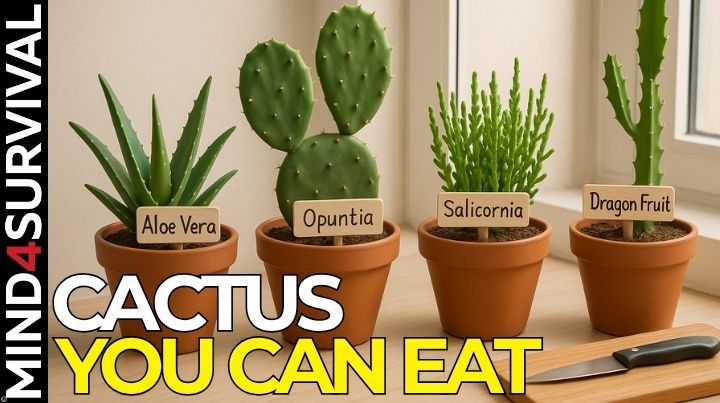
Some of these consumable succulents include:
Aloe vera: While not used as food, aloe vera is good for treating scrapes and burns.
Sea beans (salicornia): They can be boiled, fried, or raw and have protein, iodine, and calcium.
Pitaya (dragon fruit): This fruit tastes mild. They can be eaten in slices or mixed in a smoothie.
Opuntia (nopales): These can be boiled, grilled, or fried and taste slightly like green beans.
Note: Before growing succulents for consumption, make sure you have correctly identified them as edible.
BONUS TIP:
Try growing food from vegetable or herb pieces that are usually discarded, such as carrot tops, green onion roots, sprouted potatoes, garlic bulbs, bottom ends of celery or cabbage that are starting to grow roots. Instead of throwing them away, just place them in a shallow bowl of water to encourage roots to grow, then transfer to a container with potting soil. I have a continuous crop of green onions that I use for stir-fried dishes, dressings, and marinades, grown from a single bunch of green onions I bought months ago.
Final Thoughts
No backyard? No problem. Whether you try hydroponics, the Kratky method, sprouting, or a simple windowsill herb garden, you have options. Growing your own food isn’t just possible in small spaces—it’s practical, affordable, and lots of fun. Start with one method that fits your space and lifestyle. See what works. And enjoy harvesting something you grew with your own hands—even if it’s just a handful of basil or a jar of sprouts.
FAQ: Growing Food in Small Spaces
1. Do I need grow lights to grow food indoors?
Not always. While hydroponics often require LED grow lights, some herbs and sprouts can thrive with natural window light or ambient indoor lighting.
2. Is it expensive to start growing food in small spaces?
No. Many small-space methods like sprouting or Kratky hydroponics can be started with items you already have at home—like jars, bins, or leftover seeds.
3. How much food can I realistically grow in an apartment?
You won’t grow your year’s supply of calories, but you can supplement your meals with herbs, leafy greens, and nutrient-dense sprouts on a weekly basis.
4. Are there risks of mold or pests with indoor gardening?
Yes, especially in humid environments or with poor drainage. Clean containers, proper airflow, and regular rinsing are key to keeping your setup safe.
Additional Resources
Related Articles
FREE Guide
Read the Best Seller
Join Mind4Survival
Stay informed by joining the Mind4Survival! 100% Secure! 0% Spam!
Affiliate Disclosure...
Mind4Survival is a free, reader-supported information resource. If you make a purchase through our link, we may, at no cost to you, receive an affiliate commission.
Do You Want To Be Ready No Matter What?
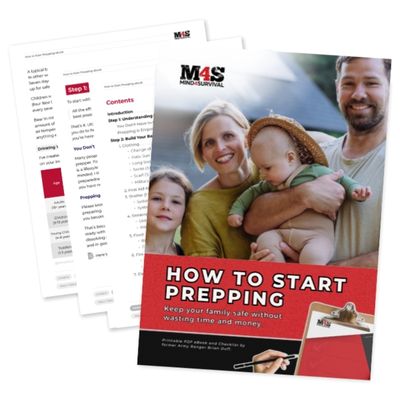
Download our free 39-page guide with interactive, 7-Day Emergency Kit Checklist and take the first step toward real preparedness.
- Know exactly where to start.
- Save time and money.
- How-to build a complete Basic Emergency Kit.
- Level up your safety and security.
Join Mind4Survival
Stay informed by joining the Mind4Survival! 100% Secure! 0% Spam!




